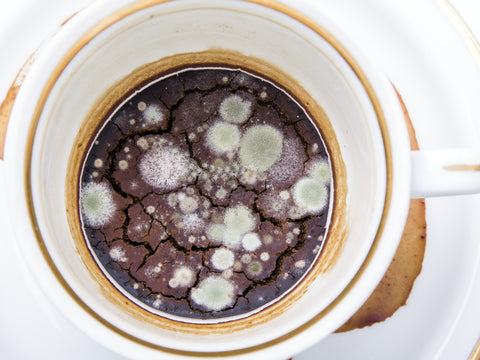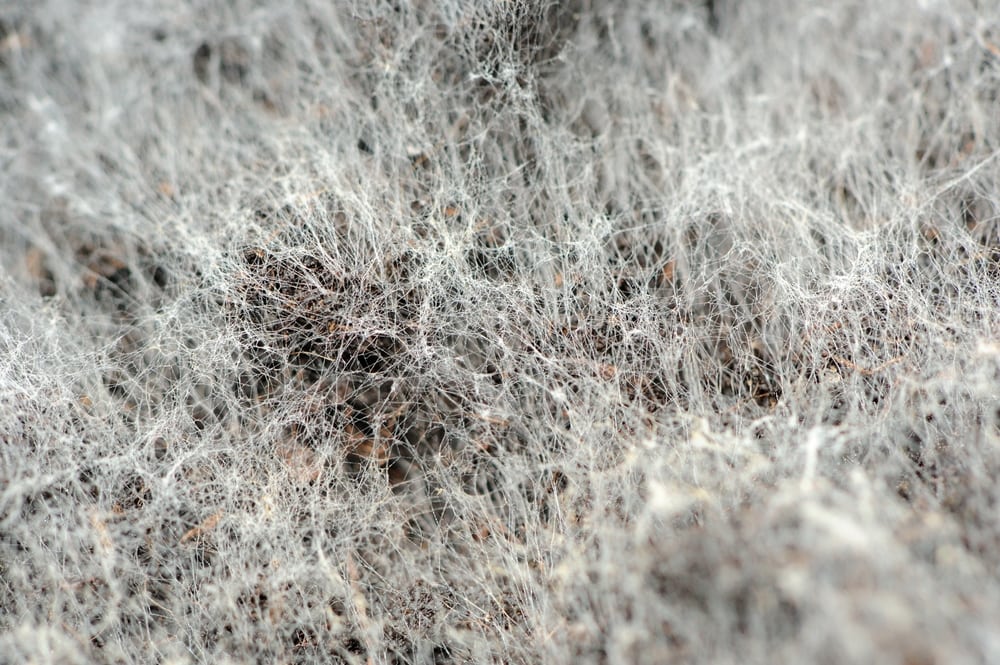Ota is not always in coffee but it is often present and my research shows it is just one of the mold toxins in coffee that has effects on stress levels and performance even at levels deemed to be acceptable in the countries that bother to regulate it.
White mold on coffee grounds.
You fill the water tank with water and white vinegar the ratio is 1 1 and let it brew until the carafe is half filled.
There are a huge number of mold species and they vary in toxicity.
If you think it will take a while before you can collect all the needed coffee grounds store what you have already collected in the freezer.
Keeping them in the freezer will prevent mold and other fungi from growing in the coffee grounds.
Rhizopus is the common bread mold.
Mushrooms need to grow in a sterilized media so that they won t compete with other fungi.
I actually used to cultivate pleurotus ostreatus on waste coffee grounds and so i ve seen unintended bursts of mold growth that are probably way worse than an occasional forgotten container of grounds.
Although some people could make an educated guess molds can only be positively identified with a microscope.
If you have had an experience with coffee ground fungi growth let us know in the comments below.
Aspergillus mold is white and gray and appears fluffy or feathery and i ve seen that mentioned in conjunction with the breakdown of moist coffee grounds.
This prediction however was a flop.
2011 summer update some more photos of mold on coffee grounds.
See the variety of green to blueish to white mold growing on them.
In 2015 it was predicted that excessive coffee consumption would decrease thanks to the invention of the coffee pod.
According to li the best way to clean your coffee maker is with white vinegar via a process known as decalcifying.
According to recent studies americans are drinking more coffee than ever before.
Mycotoxins are formed by molds tiny fungi that may grow on crops like grains and coffee beans if they re improperly stored these toxins can cause poisoning when you ingest too much of.
No agricultural product including coffee is 100 mycotoxin free but with a lot of work.
The most common contaminates of used coffee grounds are trichoderma forest green mold cobweb mold and your basic pin molds.
All of which will appear white while in their vegetative stages as mycelium for lack of a better term it s the roots of fungus grows.





























